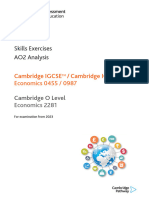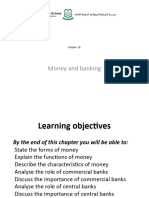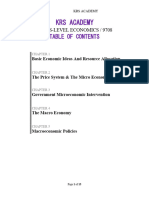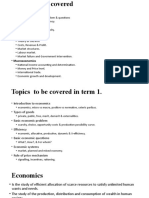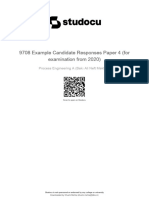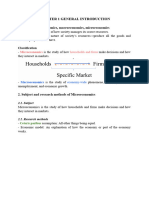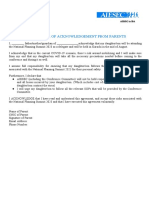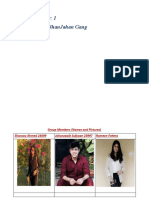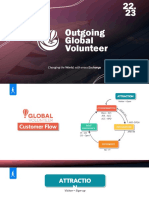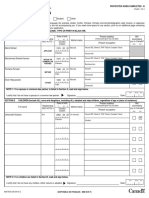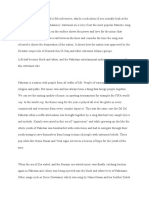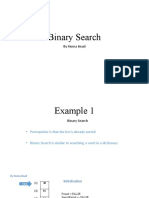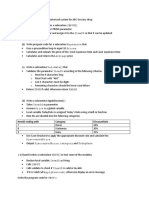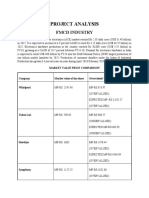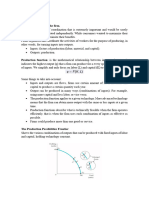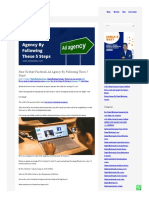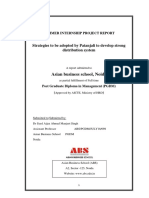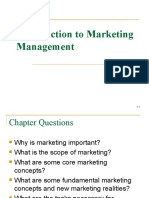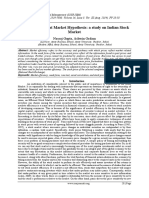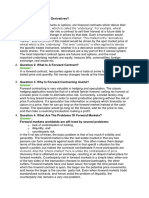67% found this document useful (3 votes)
3K views3 pagesAs Level Economics Notes
This document provides notes on basic economics concepts for AS Level Economics. It discusses scarcity, choice, and opportunity cost as the basic building blocks of economics. It defines scarcity as limited resources and unlimited wants. Choice arises from scarcity as individuals and firms must choose how to allocate scarce resources. Opportunity cost refers to the next best alternative forgone when making a choice. The document also provides an overview of microeconomics, macroeconomics, and key terms like ceteris paribus, positive and normative statements, short run vs long run, and the four factors of production - capital, labor, entrepreneurship, and land.
Uploaded by
Jahanzaib SufyaanCopyright
© © All Rights Reserved
We take content rights seriously. If you suspect this is your content, claim it here.
Available Formats
Download as PDF, TXT or read online on Scribd
67% found this document useful (3 votes)
3K views3 pagesAs Level Economics Notes
This document provides notes on basic economics concepts for AS Level Economics. It discusses scarcity, choice, and opportunity cost as the basic building blocks of economics. It defines scarcity as limited resources and unlimited wants. Choice arises from scarcity as individuals and firms must choose how to allocate scarce resources. Opportunity cost refers to the next best alternative forgone when making a choice. The document also provides an overview of microeconomics, macroeconomics, and key terms like ceteris paribus, positive and normative statements, short run vs long run, and the four factors of production - capital, labor, entrepreneurship, and land.
Uploaded by
Jahanzaib SufyaanCopyright
© © All Rights Reserved
We take content rights seriously. If you suspect this is your content, claim it here.
Available Formats
Download as PDF, TXT or read online on Scribd
/ 3




